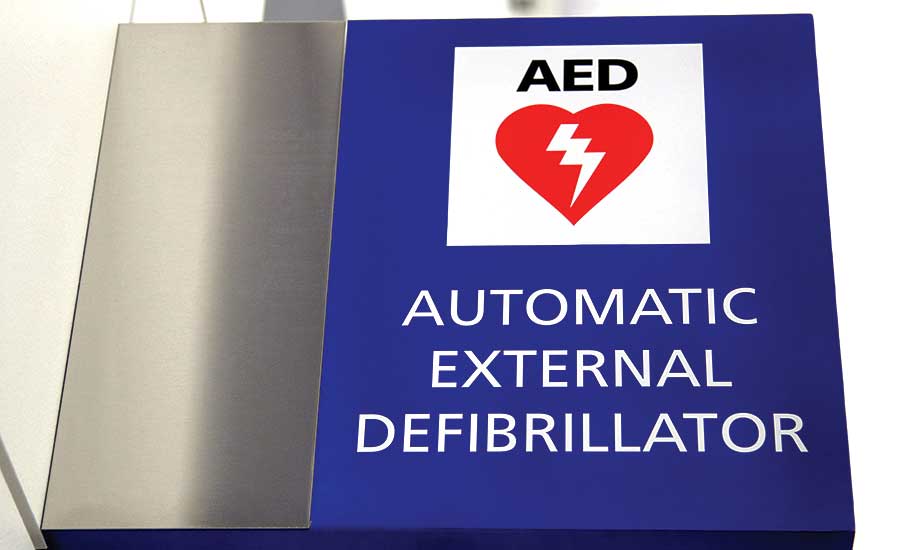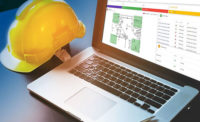An automated external defibrillator (AED) program is an asset to your employees, your customers and guests. Since sudden cardiac arrest can strike anyone, anywhere at any time, regardless of age, gender, ethnicity, or physical fitness, an AED ensures your facility is ready to handle a cardiac emergency. Having one close at hand is the best chance for survival for a sudden cardiac arrest victim.
So how do you determine where to place your AEDs for optimum advantage?
A solid AED program begins with an effective site assessment. Whether you are just starting the AED acquisition process, or re-evaluating your current device placement, a site assessment offers your best glimpse into response times during an actual emergency situation. Time is critical when sudden cardiac arrest happens. Immediate identification of the condition should be followed by a call to 911 and immediate CPR, with defibrillation occurring ideally within three to five minutes from the time of collapse for the victim’s best chance of recovery. The patient’s brain begins to die within four to six minutes after breathing stops, and for every minute that passes from the time they drop to the time they receive defibrillation, their chances for survival drop around 10 percent. Average EMS response times are eight to ten minutes, so getting the defibrillator to the patient quickly is a priority.
Conduct an assessment
The first step in a comprehensive AED site assessment is to identify the scope. If your facility has multiple floors, do one assessment per floor. If your facility has multiple buildings, do separate assessments for each floor of each building. It is recommended one person or team should be in charge of all initial assessments. All findings should be documented, dated and signed by the person for future reference.
Start by identifying any “high risk” areas such as work spaces where there is risk of electric shock or asphyxiation, any area where health-compromised individuals are present on a regular basis, or where there is a high volume of people over 50 years of age. You will want to make sure there is a readily-accessible AED close to these locations.
When deciding on other locations throughout your facility, areas like the following are logical choices:
- Large gathering areas such as a cafeteria or auditorium.
- A fitness facility or gym.
- Occupational health clinic or nurse’s office. Where do workers go when they are not feeling well?
- A public safety office. Since public safety personnel are specially trained to handle medical emergencies, placing an AED right outside their door for easy access during a call makes sense.
- A front desk or primary entryway. Bystanders who witness a sudden cardiac arrest may instinctively run to the front desk to ask for help. Having an AED right there to hand the bystander while the front desk personnel call 911 may save valuable time.
Never place AEDs in offices or areas which may be locked while there are still workers in the building. AEDs should be accessible to all personnel at all times.
For additional AEDs placed throughout your facility, keep in mind the response time goal from victim to AED and back to victim should be no more than three minutes. A common challenge to determining response time is making assumptions about what might delay the rescue process. These might include elevators, stairways, cubicles, locked doors, machinery, one-way access points, or something that is unique to your business.
Next, take a stopwatch and a floor plan, and time yourself walking at a brisk pace from one end of your assessed area to the next. Learn how far you can travel in one and a half minutes. Then calculate for barriers, turn around and do it again.
Invest in training
Ease of access, visibility, and awareness maximize the effectiveness of your AED program. Use high-visibility AED cabinets and signs, and make sure all of your staff is familiar with AED locations and your company’s protocol for cardiac emergencies. Training staff in CPR and teaching them where to find and how to use the AED is always a good investment of company time and money. There is no way to know when and on whom CPR may need to be performed and an AED deployed. The more people within a facility trained in these techniques, the more likely a sudden cardiac arrest victim will survive.







